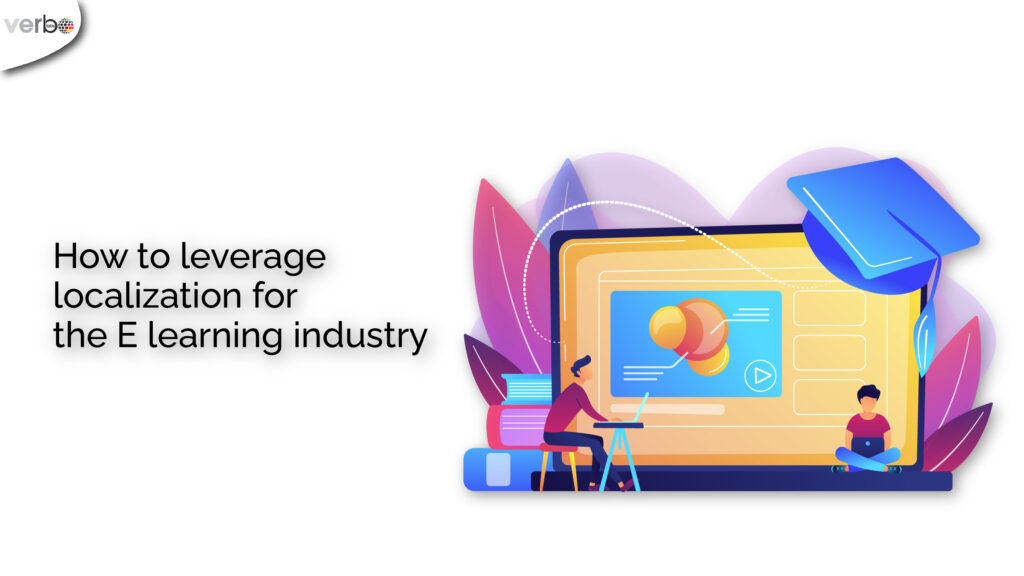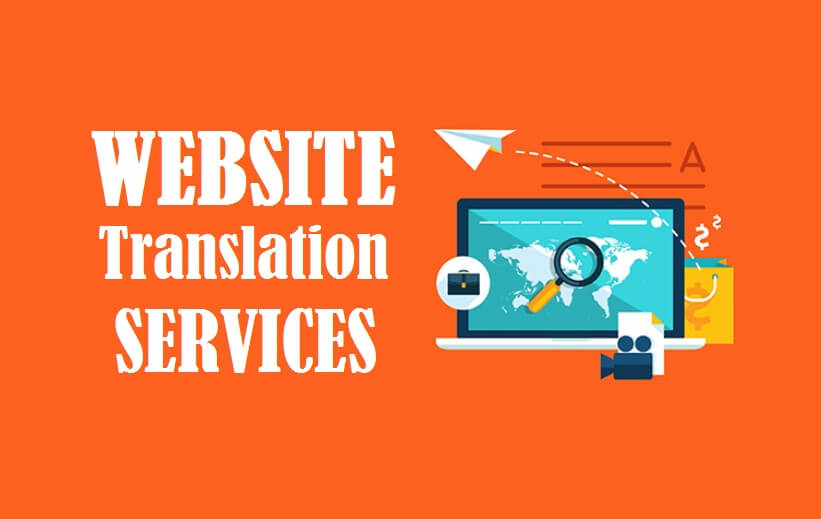Education’s reach due to offline platforms has expanded like never before. But is your education platform effectively conveying the subject to learners? The E-learning industry highlights this global transformation. As institutions and media seek to share knowledge across diverse cultures and languages, the strategic integration of localization becomes a cornerstone for success. It is about delivering content and crafting an inclusive educational experience that resonates with learners worldwide. So, let’s explore the pivotal role of localization in the E-learning sector, delving into the strategies that empower educators and platforms to bridge linguistic gaps, foster cultural relevance, and revolutionize how knowledge is imparted in the 21st century.
As digital classrooms become the norm, effective communication in E-learning becomes necessary. The introduction of language localization strategies is not merely a matter of translating course materials; it is a dynamic process that tailors content, assessments, and interfaces to cater to learners’ diverse backgrounds and preferences. In a world where a student in one hemisphere can share virtual space with peers from another, localization provides a way to unlock the true potential of E-learning. Let’s learn how your e-learning entity can leverage localization to enrich educational experiences and ensure that the benefits of knowledge transfer are accessible to all, regardless of cultural or linguistic barriers.
Need for Localization in E-learning
Can localization highlight your e-learning platform’s primary goals? If yes, to what extent? How does it help learners and enhance their learning?
- Cultural Relevance for Enhanced Engagement:
In the E-learning landscape, cultural nuances significantly impact the effectiveness of educational content. Localization ensures that course materials are culturally relevant, incorporating examples, contexts, and references that resonate with the diverse backgrounds of learners. This cultural alignment enhances engagement and fosters a deeper understanding of the subject. It makes the learning experience more meaningful for students worldwide.
- Linguistic Accessibility and Comprehension:
Language barriers can impede compelling learning experiences. Localization goes beyond simple translation by adapting course content to the linguistic intricacies of specific regions. This includes not only translating text but also ensuring that terminology, idioms, and expressions are tailored to the linguistic preferences of the target audience. Linguistically accessible content promotes better comprehension and allows students to grasp complex concepts without any language barriers.
- Adaptation to Learning Styles and Preferences:
Educational preferences and learning styles vary across cultures. Localization allows E-learning platforms to adapt their teaching methodologies to align with the preferred learning styles of diverse audiences. Whether incorporating interactive elements, adjusting the pace of instruction, or presenting content in different formats, localization ensures that the E-learning experience is personalized to cater to the varied preferences of learners around the globe.
- Alignment with Regional Educational Standards:
Different regions often have unique educational standards and requirements. Localizing E-learning content involves aligning courses with these regional standards. It ensures that the material meets the expectations and qualifications relevant to specific areas. This enhances your educational content’s credibility and allows learners to integrate their E-learning experiences with local academic or professional pathways.
- Global Accessibility and Inclusivity:
The beauty of E-learning lies in its ability to reach learners worldwide, transcending geographical boundaries. Localization plays a pivotal role in making educational content globally accessible and inclusive. By tailoring content to suit the needs of diverse learners, irrespective of their geographical location, E-learning platforms contribute to a more equitable distribution of knowledge. It conveniently breaks down barriers to education and fosters a truly global learning community.
Easy Steps to Integrate Localization for Your Educational Firm
- Conduct Comprehensive Content Analysis: <H3>
Before starting your language localization process, thoroughly analyze your educational content. Identify all elements that require localization, including text-based materials, multimedia components, and interactive features. This step is crucial for creating a roadmap and understanding the scope of the localization process. It involves assessing the linguistic and cultural aspects that need adaptation to integrate localized content into your educational platform.
- Choose the Right Localization Technology:
Selecting the appropriate localization technology can be your firm’s make-it or break-it moment. Invest in a reliable localization management system (LMS) or software that can handle the complexities of adapting content for diverse audiences. These tools often offer features such as translation memory, which stores previously translated content for consistency, and workflow management, streamlining the localization process. A well-chosen technology solution can significantly facilitate the integration of localized content into your educational firm’s existing infrastructure.
- Collaborate with Local Experts and Translators:
Localization is not just about language; it involves understanding the cultural context of your target audience. Collaborate with local experts and skilled translators who deeply understand your target region’s cultural nuances and educational standards. Engage in open communication with these professionals to ensure accurate content interpretation, considering local academic terminology and pedagogical preferences. This collaborative approach enhances the authenticity and effectiveness of your localized educational materials.
- Customize Learning Paths and Assessments:
Tailor learning paths and assessments to align with diverse learners’ preferences and requirements. Consider regional differences in educational approaches, assessment formats, and learning styles. This step involves more than linguistic adaptation; it’s about creating an educational experience that feels native to each target audience. Customize quizzes, assignments, and interactive elements to resonate with local expectations, promoting a more engaging and effective learning environment.
- Implement Continuous Feedback Loops:
Localization is an iterative process that benefits from ongoing feedback. Implement systems for collecting feedback from educators and learners after integrating localized content. This feedback loop helps identify any nuances that may have been overlooked, ensuring continuous improvement in the localization strategy. Regularly assess the effectiveness of your localized educational materials, considering factors such as learner engagement, comprehension, and overall satisfaction. By fostering a culture of continuous improvement, your educational firm can refine its localization efforts over time, enhancing the overall quality of the learning experience.
Conclusion
Your educational firm can exceed linguistic and cultural barriers by following these easy steps. Embracing language localization empowers educators to deliver content that resonates authentically with learners across diverse regions, promoting engagement, comprehension, and satisfaction. As the educational landscape continues to evolve into a truly global community, the integration of localization can highlight your firm’s dedication to providing an enriched, accessible, and culturally relevant learning experience for students worldwide.
If you need help with localization for your E-learning firm, contact Verbolabs now and ensure native speakers initiate your localization process with over 120+ languages.



